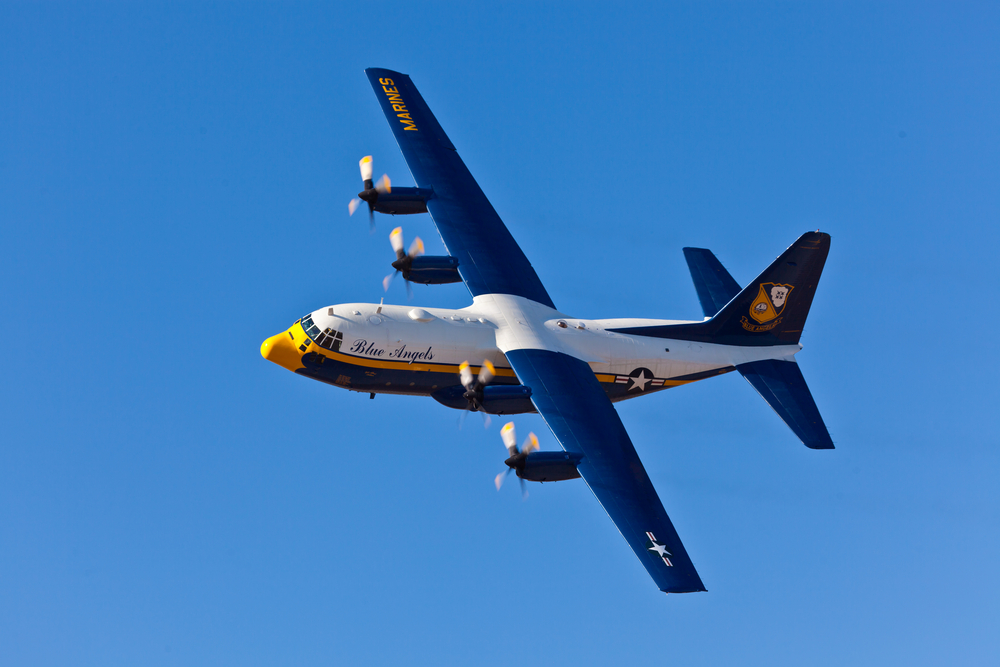Boeing 777 Issues
The Boeing 777 is one of the world’s most well-known long-haul aircraft. Its introduction in 1995 marked a significant leap in aviation technology. Yet, no aircraft is without its problems. The Boeing 777 has faced several technical and operational challenges over the years.
Engine Problems
One of the most notable issues involves engine malfunctions. The 777 has often relied on engines from Rolls-Royce, General Electric, and Pratt & Whitney. In 2010, a Rolls-Royce Trent 800 engine on a British Airways 777-200 exploded, causing an emergency landing. Investigations revealed that a manufacturing defect was to blame.
In 2021, a United Airlines 777-200 with Pratt & Whitney engines experienced a similar problem. An engine failure shortly after takeoff led to falling debris over residential areas. The aircraft landed safely, but the incident prompted a temporary grounding of all 777s with similar engines. The FAA ordered inspections of the fan blades, where the problem was traced back to metal fatigue.
Structural Concerns
Structural issues have also emerged over the years. Boeing discovered a potential problem in 2019 involving cracks in the fuselage. These cracks could compromise the integrity of the aircraft, leading to grounding orders for necessary inspections and repairs. Stress tests and regular maintenance checks aim to mitigate these risks, yet the concern remains notable.
Software Glitches
Modern aircraft rely heavily on software to manage different systems. The Boeing 777 is no exception. Software bugs had led to issues, such as the 2005 incident of a Malaysia Airlines 777. An autopilot glitch caused the aircraft to enter a steep dive. Quick action by the pilots averted disaster, but it underscored the importance of robust software management and updates.
Autopilot and Avionics
The avionics suite, including the autopilot systems, can occasionally malfunction. Instances of uncommanded autopilot disengagement have been reported. These occurrences usually result from a combination of hardware and software errors. While not leading to crashes, they create significant operational challenges.
Crucial Recalls and Inspections
Frequent recalls and mandatory inspections occur as safety measures. FAA directives often follow incidents involving the aircraft. For example, the 2018 recall involved systems that could potentially lead to loss of control. These recalls require extensive checks, affecting airlines’ operational efficiency but ensuring passenger safety.
Landing Gear Faults
The 777 has experienced landing gear issues. Faulty hydraulics and mechanical failures have led to rough landings. Engineers updated the design and conducted rigorous testing to address these complications. Nevertheless, landing gear remains a critical part of the aircraft’s safety framework.
Electrical System Failures
Electrical issues have posed challenges. A notable instance occurred in 2012 when a Qatar Airways 777 faced an electrical fire shortly after takeoff. The root cause was traced back to improper wiring. This incident led to stricter electrical system checks and enhanced wiring protocols.
User Reports and Anomalies
Pilots and airlines report various anomalies during the aircraft’s operations. These include unexplained weather radar failures, navigation system errors, and anti-ice system malfunctions. Regular updates and patches aim to rectify these recurring issues, yet their persistence affects operational reliability.
Airworthiness Directives
Airworthiness directives are crucial for ongoing safety. Boeing often receives these from aviation authorities around the world. They mandate specific checks and maintenance actions, ensuring the aircraft remains safe to fly. Compliance with these directives is essential for airlines operating the 777.
Maintenance and Downtime
Maintenance demands for the 777 are extensive. Regular checks include inspections of the airframe, engines, avionics, and other critical systems. Downtime affects airline schedules and profitability, but it is a necessary measure to ensure safety and reliability.
Issues with Cabin Pressurization
Cabin pressurization problems have occurred occasionally. Instances of sudden loss of cabin pressure, although rare, are taken seriously. These incidents necessitate immediate descents and emergency landings. Maintenance teams focus on ensuring robust sealing and pressure management systems.
Cost Implications of Problems
The financial impact of these issues is considerable. Engines needing repairs, replacing faulty parts, and grounding aircraft for inspections contribute to high maintenance costs. Airlines might face operational disruptions, leading to lost revenue and additional expenditures.
Upgrades and Modernization
Despite these challenges, Boeing continually works on upgrades. Enhanced engine designs, improved avionics, and better software systems are introduced. These upgrades aim to minimize recurring issues and enhance overall aircraft performance.
Influence on Airline Operations
Problems with the 777 affect airline operations significantly. Scheduling changes, canceled flights, and additional maintenance costs are just some of the impacts. Airlines must balance operational efficiency with stringent safety requirements.
Regulatory Oversight
Regulatory bodies like the FAA and EASA closely monitor the 777’s safety record. They issue directives and recommendations based on incident reports. Their oversight is crucial to maintaining high safety standards and addressing emerging issues promptly.
Passenger Experience
Despite technical issues, passenger confidence in the 777 remains strong. Airlines strive to maintain a high standard of service, even in the face of operational hiccups. Transparent communication and prompt resolution of problems help maintain this trust.
Future Prospects
The future of the Boeing 777 looks towards continuous improvement. Ongoing research and development aim to address current shortcomings. The introduction of more reliable systems, improved materials, and advanced technologies is expected to enhance the aircraft’s robustness.
“`
